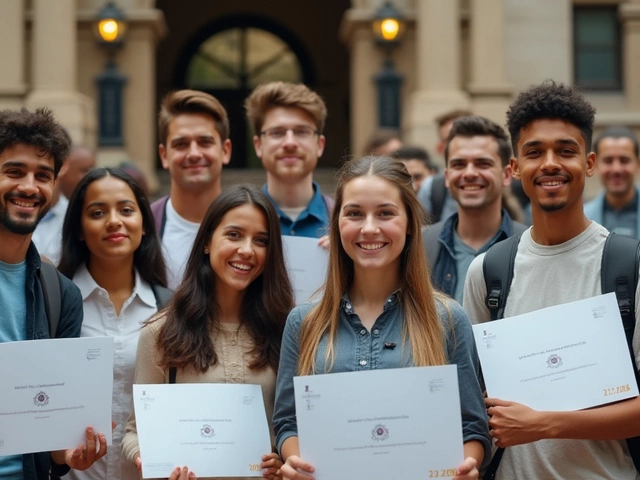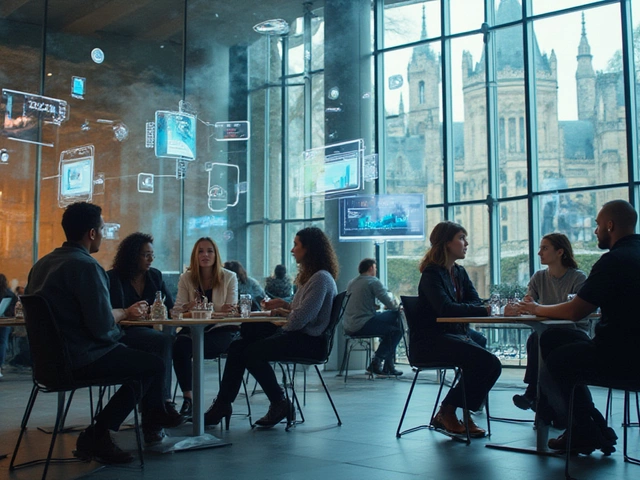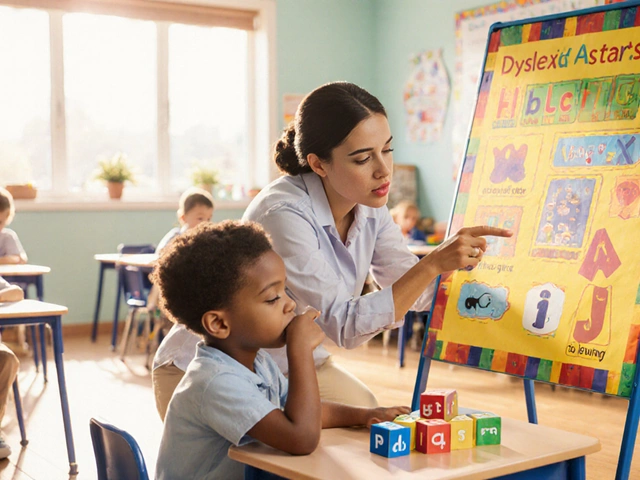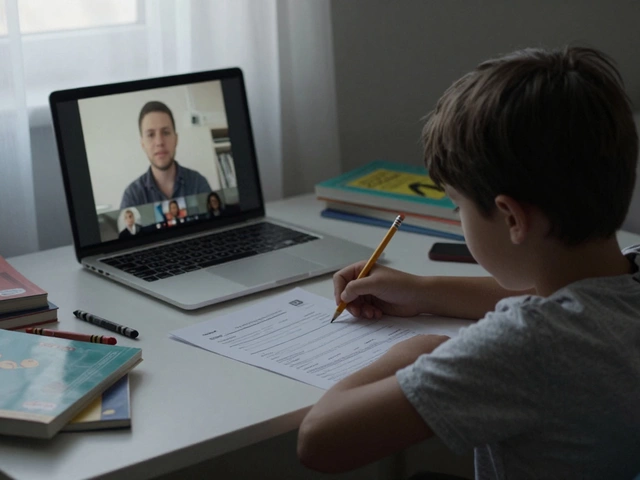Teaching Adults: What Works and Why
Teaching grown‑ups feels different from teaching kids. They bring life experience, busy schedules, and a clear reason for why they’re learning. Forget the school‑room rules and focus on what makes adult learners click. Below are easy‑to‑use ideas that let you build lessons adults actually want to sit through.
Know How Adults Learn
Adults don’t just memorize facts; they look for relevance. When you start a session, ask them what problem they hope to solve. That simple question turns a vague lecture into a purposeful conversation. They also prefer to work on real tasks instead of abstract theory. Use case studies, role‑plays, or quick simulations that mirror the workplace or everyday life. This gives them a chance to apply new knowledge right away.
Another trait is self‑direction. Many adults like to choose where they go deeper. Offer optional reading links, short videos, or extra exercises, but keep the core material mandatory. Let them set personal goals for the class – a short written commitment helps them stay accountable.
Design Lessons That Stick
Break every topic into bite‑size chunks. A 20‑minute segment followed by a 5‑minute activity works better than a 45‑minute monologue. Use the “Tell‑Show‑Do” pattern: explain a concept, demonstrate it, then let learners try it themselves. Immediate practice reinforces memory and shows you care about their success.
Feedback matters. Instead of grading, give quick, specific pointers like, “You nailed the opening question, but try to pause a bit before answering.” Positive, actionable feedback builds confidence and motivates further effort.
Finally, respect their time. Start and end on schedule, and give a clear agenda at the beginning. Knowing what’s coming reduces anxiety and makes them more likely to stay engaged.
Putting these ideas together creates a learning environment where adults feel valued, see the benefit, and leave with practical skills they can use right away. Try one or two changes per session and watch the difference in participation and results.







